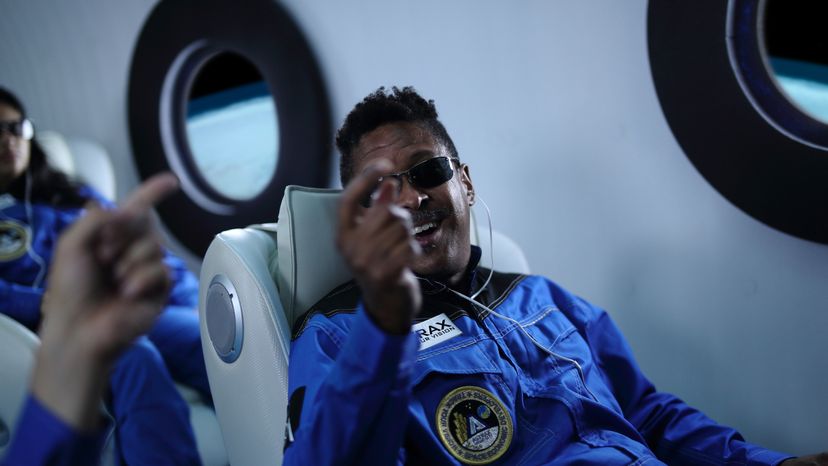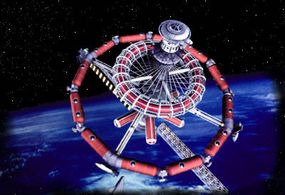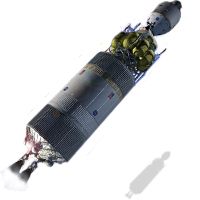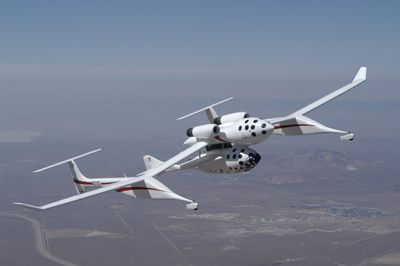
Make your reservations now. The space tourism industry is officially open for business, and tickets are going for a mere $20 million for a one-week stay in space. Despite reluctance from NASA, Russia made American businessman Dennis Tito the world's first space tourist. Tito flew into space aboard a Russian Soyuz rocket that arrived at the International Space Station on April 30, 2001. The second space tourist, South African businessman Mark Shuttleworth, took off aboard the Russian Soyuz on April 25, 2002, also bound for the ISS. Greg Olsen, an American businessman, became tourist number three to the ISS on October 1, 2005.
On September 18, 2006, Anousheh Ansari, a telecommunications entrepreneur, became the first female space tourist and the fourth space tourist overall. She was also the first person of Iranian descent to make it into space. Charles Simonyi, a software architect, became the fifth space tourist on April 7, 2007.
Advertisement
These trips are the beginning of what could be a lucrative 21st century industry. There are already several space tourism companies planning to build suborbital vehicles and orbital cities within the next two decades. These companies have invested millions, believing that the space tourism industry is on the verge of taking off.

In 1997, NASA published a report concluding that selling trips to space to private citizens could be worth billions of dollars. A Japanese report supports these findings, and projects that space tourism could be a $10 billion per year industry within the two decades. The only obstacles to opening up space to tourists are the space agencies, who are concerned with safety and the development of a reliable, reusable launch vehicle.
If you've ever dreamed of going to space and doing what only a few hundred people have done, then read on. In this article, you'll learn about the spacecraft being designed as destinations for space tourists, and how you may one day have a chance to cruise through the solar system.
Advertisement




